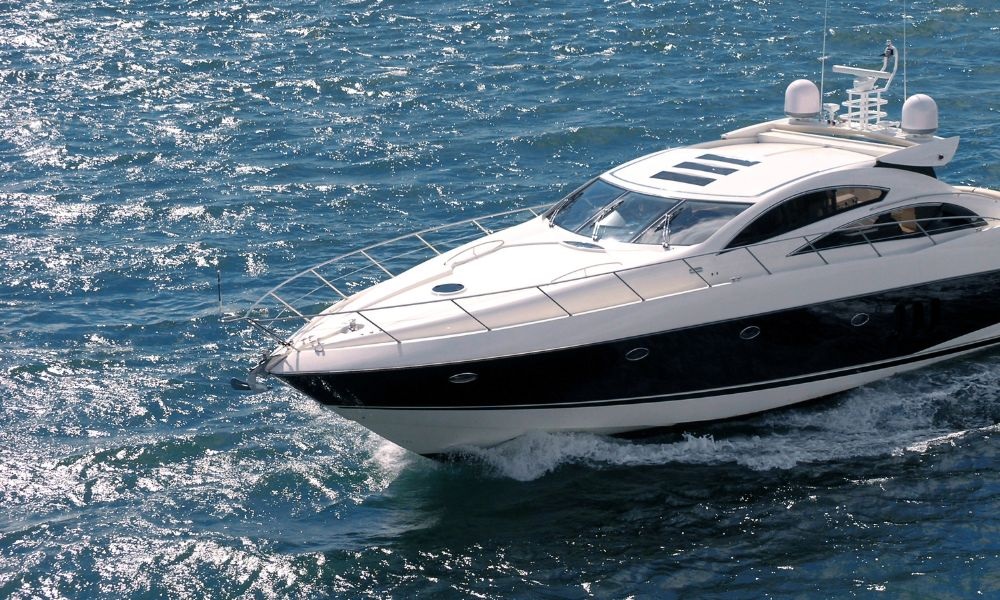Boats have fascinated humans for centuries, serving as essential tools for exploration, transportation, and recreation. From the simple rafts of ancient times to the sophisticated vessels of today, the evolution of boat technology reflects our growing understanding of science and engineering. In this article, we’ll dive into the intriguing science behind boats, exploring the principles that keep them afloat, the advancements in design, and the crucial role of marine switches in modern boating.
The Principle of Buoyancy
At the heart of a boat’s ability to float lies the principle of buoyancy. Discovered by the ancient Greek mathematician Archimedes, this principle states that an object submerged in a fluid experiences an upward force equal to the weight of the fluid it displaces. This means that a boat will float as long as it can displace enough water to counteract its weight.
Boat designers leverage this principle by crafting hulls that distribute weight evenly and maximize displacement. Modern materials and construction techniques have allowed for lighter, stronger hulls, enhancing both performance and safety.
Advances in Boat Design
Boat design has come a long way from the simple dugout canoes of prehistoric times. Today, computer-aided design (CAD) software allows engineers to create complex hull shapes that reduce drag, increase stability, and improve fuel efficiency. Innovations like hydrofoils lift the hull out of the water at high speeds, significantly reducing resistance and allowing for faster travel.
One notable advancement is the development of multihull designs, such as catamarans and trimarans. These vessels offer greater stability and speed compared to traditional monohulls, making them popular choices for both recreational and competitive sailing.
The Role of Marine Switches
While much attention is given to the structural and hydrodynamic aspects of boat design, the importance of onboard systems cannot be overlooked. Marine switches, for instance, play a crucial role in managing a boat’s electrical systems. These switches are designed to withstand harsh marine environments, providing reliable control over lighting, navigation systems, and other essential functions.
Incorporating high-quality marine switches into a boat’s design ensures that all electrical components function smoothly, contributing to overall safety and efficiency. Whether you’re powering up the GPS or turning on the cabin lights, these switches are integral to modern boating experiences.
Sustainable Boating Innovations
As environmental concerns grow, the boating industry is also making strides towards sustainability. Electric and hybrid propulsion systems are becoming more common, reducing reliance on fossil fuels and lowering emissions. Solar panels and wind turbines are being integrated into boat designs to provide renewable energy sources, further enhancing eco-friendly operations.
Material science is also playing a part in sustainability efforts. Advances in composite materials allow for the construction of lighter, more durable hulls that require less maintenance and have a longer lifespan. Additionally, efforts are being made to develop biodegradable and recyclable materials for various boat components.
The Future of Boating
Looking ahead, the future of boating promises even more exciting advancements. Autonomous boats, equipped with sophisticated sensors and artificial intelligence, are already being tested for various applications, from cargo transport to environmental monitoring. These innovations could revolutionize the way we navigate and utilize our waterways.
Moreover, continued research into hydrodynamics and material science will likely yield new designs that push the boundaries of speed, efficiency, and sustainability. As technology progresses, the boating experience will become safer, more enjoyable, and more in harmony with our natural environment.
Conclusion
The science behind boats is a fascinating blend of ancient principles and cutting-edge technology. From the buoyant forces that keep them afloat to the advanced materials and designs that enhance their performance, boats are a testament to human ingenuity and our quest for exploration. By understanding and appreciating these scientific principles, we can better enjoy the marvels of modern boating.
For those interested in the technical aspects of boating, particularly the electrical systems, incorporating robust marine switches is essential. These components ensure that every journey is smooth and safe, allowing us to fully embrace the wonders of life on the water.

